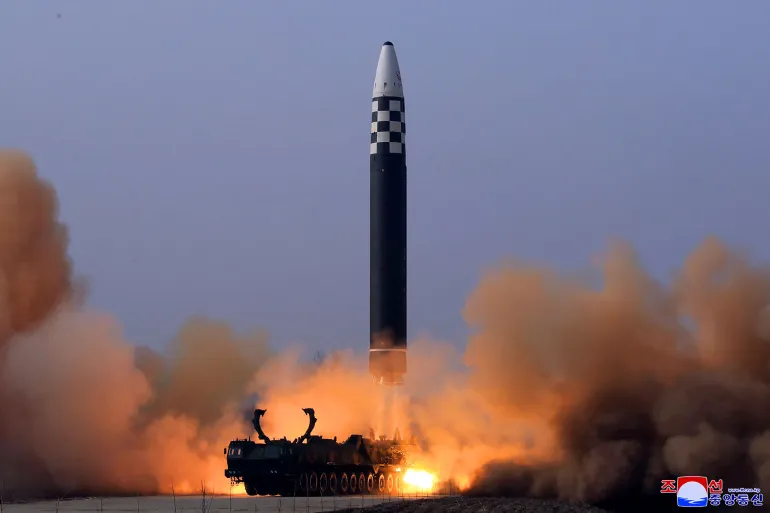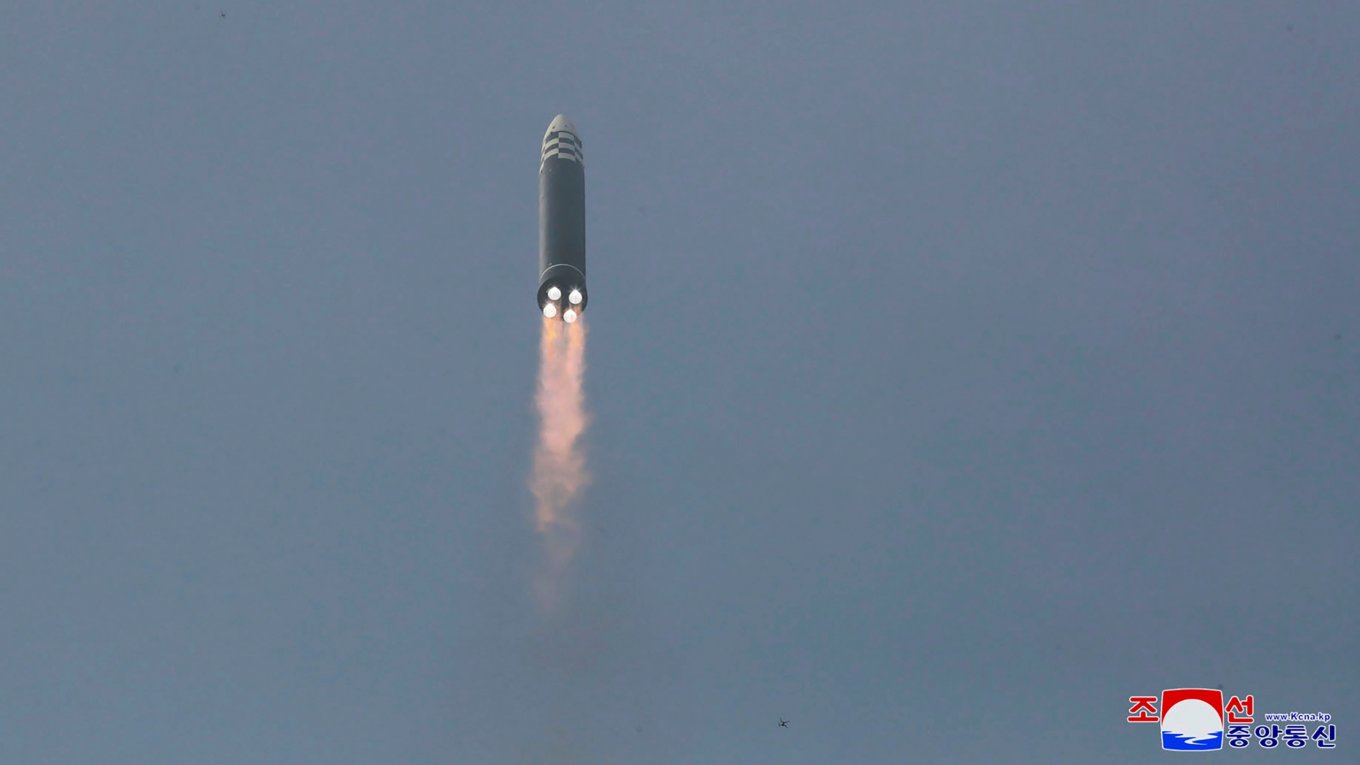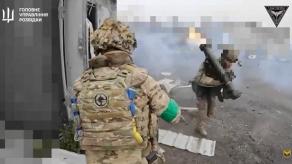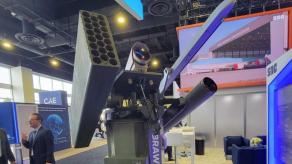North Korea has officially announced another successful launch of the Hwasong-17 intercontinental ballistic missile. It took place on the morning of February 18 this year, at 8:00, local time.
This is the third successful launch of this missile for Pyongyang. According to estimates by other countries, the missile is capable of covering distances up to about 14 to 15 thousand kilometers which practically allows North Korea to strike any location within the United States and overall most of the planet but a large portion of South America.
Read more: How North Korea Manufactured Its Copies of the T-62 And T-72, And Will Such Tanks Be Supplied to russia

The success of the launch was confirmed by South Korea and Japan. According to the data released by North Korea, later confirmed by Seoul and Tokyo, the trajectory covered by Hwasong-17 had the following parameters: maximum altitude 5,768.5 km, distance 989 km, total flight duration 67 minutes.
On a side note, the flight altitude of almost 6,000 km is much higher than the International Space Station orbit at 408 km. It means all the energy inside the missile was spent to create a very high ballistic trajectory just for the missile to fall in a relatively short distance in the Sea of Japan.
However, this energy capacity allows the experts to assess the operational range of the Hwasong-17 to be exactly 14 to 15 thousand km while carrying a potent warhead. Moreover, the configuration of the head section of the missile indicates the possibility of a MIRV warhead inside.

In this situation, surely, the most interesting is the aspect of the progress achieved by North Korea in developing ballistic missiles with a real long-range capability. Especially given the short cycle of testing.
The first launch of the Hwasong-17 was recorded just a year ago, in February. Then, two more nex month, on March 16 and 24. The latter became the first successful one, followed by another on November 18. These results are very demosntrative in terms of how worked out was the technique; even though this missile is further development of the Hwasong-15, which took off just once, in 2017.

But most importantly, we should pay close attention to the first stage propellants: the Hwasong-15 had two-nozzle boosters, whereas the Hwasong-17 already has them four-nozzled.

Hwasong-17, as well as its predecessor, have both two-stage liquid-fuel rocket engines. And the first stage propellants, as the experts note, look pretty much like the RD-250 engines. Although russia itself currently uses a modernized variant RD-264 from "Energomash" plant for the RS-28 "Sarmat" missile of own making. The same RD-264 engines were also used for the previous version, the R-36M2 missile.

RD-264 is a four-nozzle engine, too. It provides for a launch of this quite heavy missile. In comparison, the RD-250 installed on the first version of the R-36 had not enough thrust, so it carried three two-nozzle RD-250 engines at once.
These significant achievements by North Korea in creating an intercontinental ballistic missile in such a short term raise suspicion of Moscow actively cooperating with Pyongyang. This cooperation may not just be limited to lending first-stage engines, but as well a whole variety of high-tech solutions for guidance, navigation systems, MIRV payload and finally the nuclear charges in them.
Read more: Russian Military Company Wagner Group Got Arms From North Korea - White House











